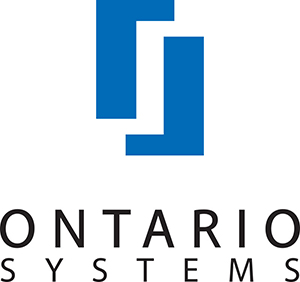For hospitals and health systems, signs of an underperforming revenue cycle are easy to spot. HFMA has singled out 29 key indicators, or MAP Keys (aged A/R percentages, clean claim rate, denial write-offs, cost to collect, etc.), that give providers a clear picture of where their biggest revenue leaks are occurring.
Addressing the root causes of these revenue leaks can be much more difficult. This is especially true in accounts receivable (A/R). Collection delays and failures resulting from productivity drains on the A/R front line can’t be effectively addressed with the limited data on which many providers currently rely.
As the old saying goes, you can’t manage what you don’t measure. To move your performance in a positive direction and recover more cash more quickly at less cost, you need to start measuring rep productivity in meaningful, actionable ways.
3 Reasons to Focus on Rep Productivity
Your reps’ capacity to work claims and their ability to maximize their time play a big role in the overall health of your revenue cycle. Every hour of every day, high-performing reps help lower operating and opportunity costs by boosting recovery rates and reducing days in A/R. Here are three reasons why it’s time to shift more of your focus to the A/R productivity issue.
1. Cost to collect continues to increase
Many providers looking to cut costs will start with A/R operations. High turnover among disaffected reps — an unfortunate reality across much of the industry — takes a heavy toll in hiring and training costs as well as lost opportunities to collect while new reps ramp up to full productivity.
It’s important to be able to show with concrete data what each and every team member is doing to contribute to better revenue cycle KPIs. Equally important, you can use data from the front line to manage, improve and reward rep performance, thus driving engagement and setting the stage for higher retention rates.
2. Rep productivity is entirely within your control
The formula for managing and improving rep productivity is fairly simple: It’s all about how you train, enable and empower your reps to get more done in less time. Once you develop the processes and choose the right tools to maximize A/R productivity, it’s easy to drive progress — even as you scale and adapt to market changes.
3. Remote work is the new reality
With many reps working from home these days, walking down the hall to connect with them isn’t an option. The only way to get a clear picture of your reps’ daily activities — and to identify individual and widespread issues that need to be addressed — is to have a real-time stream of reliable performance data at your fingertips.
5 Examples of What You Should Be Measuring on the A/R Front Line
The following metrics are essential to determining where your reps stand today and where they need to be to improve revenue cycle performance. If you’re relying on your reps to self-report their daily activity, the data may not be reliable enough to be useful. The key to making real progress, and accelerating it over time, is automated workflow and visibility into real-time data on an ongoing basis.
1. Active hours per day
How much staff time is really spent working accounts (pre-call decision-making, time on the phone, recording account updates after the call)? Tracking and measuring the active time can help pinpoint and reduce nonproductive time.
2. Percent active time in the system
Calculating this percentage per rep and across the team is important for goal setting. If the system requires reps to choose a reason for navigating away from an account screen, you can troubleshoot reductions in active time.
3. Accounts worked per hour
Because this metric is often self-reported, getting a true measure of claim follow-up efficiency can be a challenge. Visibility into this metric derived from system data can be a driver to improved rep productivity.
4. Time between accounts
Time spent on hold and navigating interactive voice responses (IVRs) is one of the biggest productivity drains known to A/R. Fortunately, it’s also one of the easiest problems to remedy, which can help reps work more accounts and collect more revenue.
5. Claims discussed per payer call
Getting payers on the phone is hard enough. Are reps maximizing the time by working all high-priority claims in a single call?
With these data, you can achieve breakthrough revenue cycle gains
If you can demonstrate your A/R team’s value with concrete, reliable and visible data, you also have the means to increase their value over time. Real-time data automatically fed to manager and rep dashboards will allow you to set individual and team productivity goals, encourage reps to improve their own performance and create a virtuous cycle of improvement. As simple as these changes are to implement, they have the power to transform A/R and supercharge your revenue cycle.
Hospitals and health systems across the U.S are improving A/R efficiency, productivity, and performance with ease — without disrupting their EHR setup and workflows. Click here to learn more.






